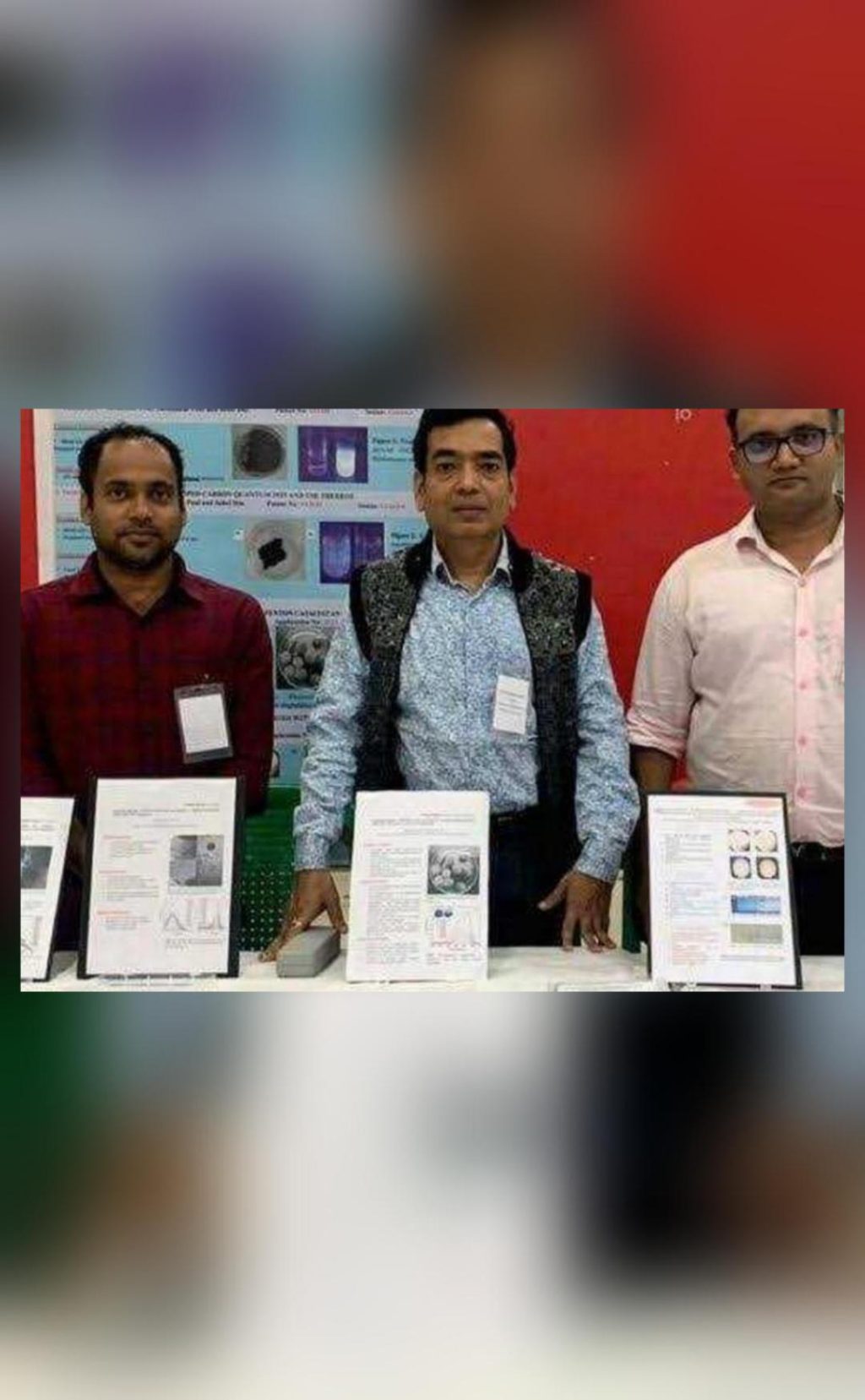
NIT Rourkela creates system that cleans wastewater using sunlight
As the world grapples with the challenge of pollution, a team of researchers from the National Institute of Technology (NIT) Rourkela has made a breakthrough in developing a system that uses sunlight to clean industrial wastewater. The innovative system, which combines iron-doped nano-titania (Fe-nTiO2) with graphene oxide and immobilizes the compound on specially designed spherical concrete beads, has shown remarkable results in reducing the chemical oxygen demand (COD) of wastewater.
The system, designed by the researchers from NIT Rourkela’s Department of Civil Engineering, has been tested on wastewater with a very high chemical oxygen demand (COD) and achieved an impressive reduction of over 82% under sunlight. This development has significant implications for industries that generate large amounts of wastewater, as it provides a cost-effective and sustainable solution for treating and disposing of this waste.
The problem of industrial wastewater pollution is a pressing one. Industrial processes such as textile dyeing, pharmaceutical manufacturing, and chemical processing generate large amounts of wastewater that are rich in pollutants and require special treatment before they can be safely discharged into the environment. Traditional methods of wastewater treatment, such as activated sludge and biological treatment, can be expensive and energy-intensive, making them unviable for many industries.
The NIT Rourkela team’s photocatalyst system addresses this challenge by using sunlight as the energy source for wastewater treatment. The system is based on the principle of photocatalysis, where light energy is used to trigger a chemical reaction that breaks down organic pollutants in the wastewater. The researchers have developed a novel photocatalyst material, Fe-nTiO2, which is doped with iron and combined with graphene oxide to enhance its photocatalytic activity.
The Fe-nTiO2-graphene oxide composite is then immobilized on spherical concrete beads, which are designed to provide a large surface area for the photocatalytic reaction to take place. The beads are also easy to handle and can be reused multiple times, making the system cost-effective and sustainable.
In their experiment, the researchers tested the system on wastewater with a COD of 1,500 mg/L, which is significantly higher than the recommended limit of 100-200 mg/L for safe discharge into the environment. The wastewater was treated for 60 minutes under sunlight, and the COD was measured before and after treatment.
The results were impressive, with the system achieving an 82.4% reduction in COD under sunlight. The researchers also observed a significant reduction in the concentration of other pollutants, such as total suspended solids (TSS) and biochemical oxygen demand (BOD).
The implications of this breakthrough are significant. The system can be used to treat a wide range of industrial wastewaters, from textile and pharmaceutical industries to chemical processing and oil refining. The use of sunlight as the energy source eliminates the need for expensive and energy-intensive treatment methods, making the system cost-effective and sustainable.
Moreover, the system is easy to operate and maintain, and the spherical concrete beads can be reused multiple times, reducing the environmental impact of wastewater treatment. The researchers are now planning to scale up the system and test it on real-world industrial wastewater samples to further validate its effectiveness.
In conclusion, the development of a photocatalyst system that uses sunlight to clean industrial wastewater is a significant breakthrough in the field of environmental engineering. The system is cost-effective, sustainable, and easy to operate, making it a viable solution for industries that generate large amounts of wastewater. As the world grapples with the challenge of pollution, innovations like this one offer hope for a cleaner and more sustainable future.
Source: https://x.com/thebetterindia/status/1934492586078540230






